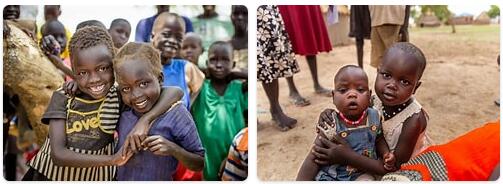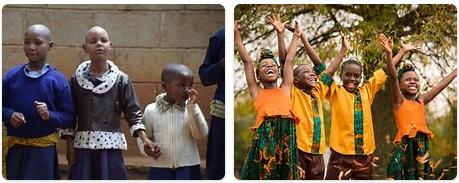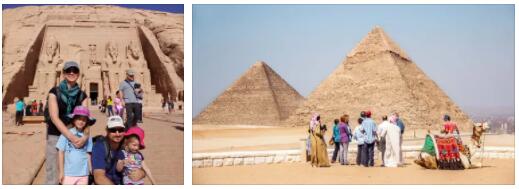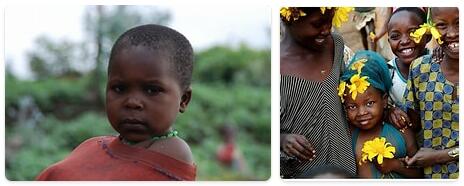Sudan 2014
Yearbook 2014
Sudan. Sudan population in 2020 is estimated at 43,849,271. President Omar al-Bashir’s government struggled with economic problems, diplomatic isolation and ongoing conflicts in the country. In January, riots were reported due to lack of bread and fuel. The Minister of Finance admitted that there was a lack of hard currency.

In April, roundtable talks began with nearly 60 parties as part of a national dialogue launched by the president. At the meeting, al-Bashir said that political prisoners would be released and promised relief for parties and the press.
Confidence in the process was damaged when opposition leader Sadiq al-Mahdi of the Umma Party (NUP) was arrested in May after accusing the government militia, Rapid Support Forces, of abusing the Darfur region. He was released in June. The leader of the Sudan Congress Party (SCP) was also arrested following a similar statement. He was released in September.
The strike continued against journalists and newspapers, and the Minister of Information said that censorship was needed for stability. Despite the problems, the Election Commission announced that the presidential and parliamentary elections would be held in 2015. The opposition had demanded that they be postponed. In October, the ruling National Congress Party (NCP) appointed al-Bashir as its presidential candidate.
The dispute over the border area Abyei, which South Sudan also claims, remained unresolved. The Sudanese Election Commission was reported to plan for elections in the oil-rich area, which South Sudan objected to.
The security situation in Darfur was described as serious. UN Refugee Agency UNHCR stated in October that 400,000 people were on the run after escalated fighting, among other things. between rival Arab clans, government forces and other groups.
In August, nearly 70 people died in battles over a land area in the Umm Rakuba district. At the same time, aid organizations were denied access to several areas.
Four soldiers of the African Union (AU) and the UN Joint Force UNAMID died in Darfur during the year. UNAMID was criticized for its inability to protect civilians. The AU continued to mediate between Sudan and the rebel movement SPLM-North (Sudanese people’s liberation movement), which operates in the states of the Blue Nile and South Kurdufan. Several rounds of talks were held in neighboring Ethiopia, but without major breakthroughs. Sudan rejected the AU’s proposal that the Darfur conflict should also be added to an overall process. During the March round, SPLM-N’s two top leaders were sentenced to death in their absence. One, Malik Agar, was previously governor of the Blue Nile.
Struggles continued in the Blue Nile and South Kurdufan. The government was accused of bombing a field hospital run by MSF.
As a result of the conflicts, the UN estimated in July that nearly 7 million people in Sudan needed help. The figure also included just over 100,000 people fleeing combat in neighboring South Sudan.
According to topb2bwebsites, Sudan announced in November that UNAMID would be preparing to leave Darfur. This coincided with information that Sudanese soldiers raped up to 200 women and girls in the village of Tabit. Sudan refused. UNAMID later said it was not able to substantiate the data. However, the investigation was made more difficult by the fact that UN personnel were first prevented from visiting the village and that soldiers were present during the interviews.
The case of pregnant Maryam Yahya Ibrahim attracted attention when she was sentenced to death in May for converting to Christianity, a crime because her father was a Muslim. She would also be whipped for sex outside of marriage. The marriage of a Christian man was not acknowledged. International pressure helped her leave the country with her newborn child in August. Human rights groups said the case highlighted how Sudan violates the rights of women and religious minorities.


